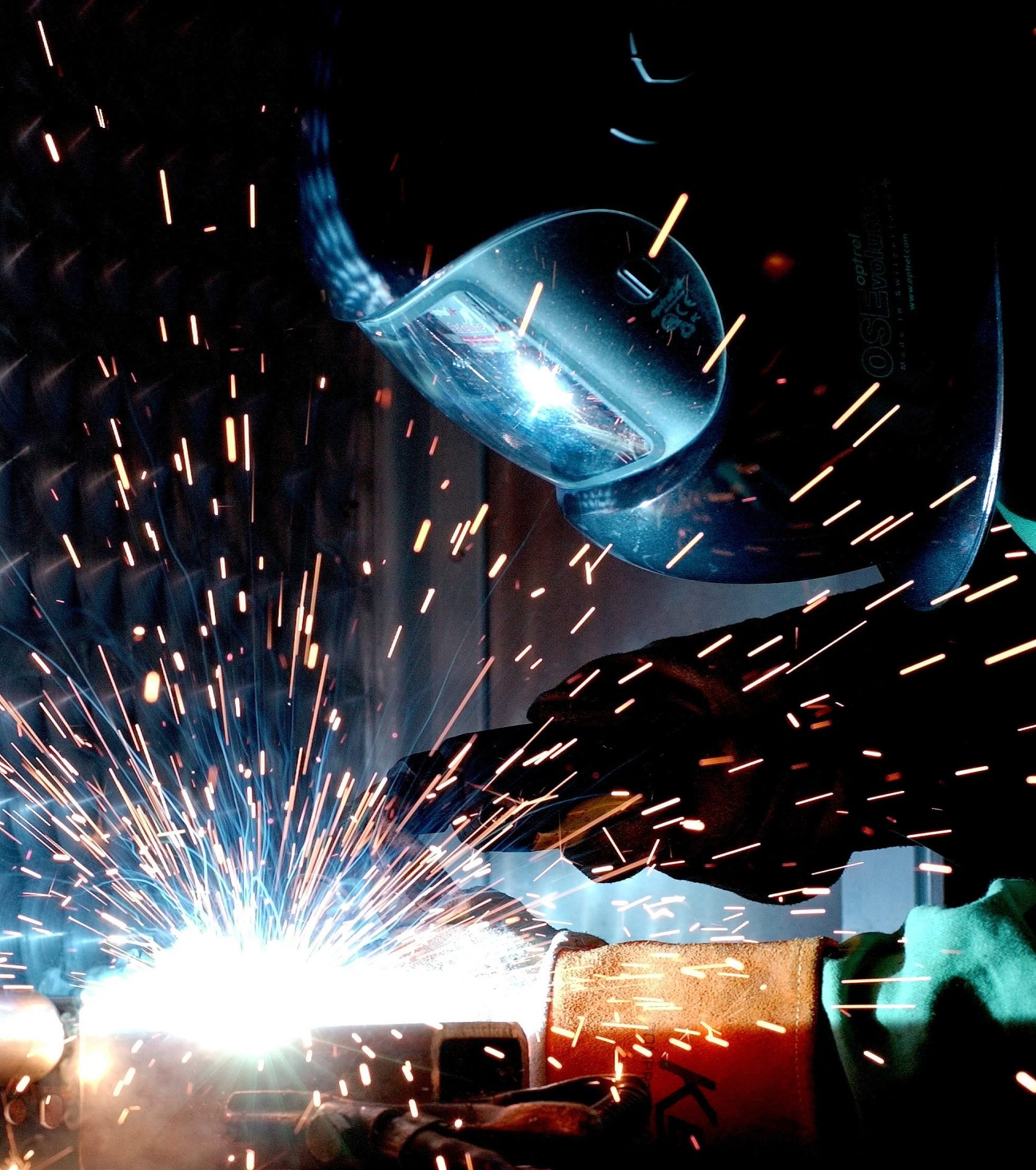3D printing and CNC machining services are both clever and innovative manufacturing processes that can make a massive difference to the creation of parts and components within a wide range of industries. There are advantages and disadvantages to both types of manufacturing, and as engineering evolves what can we expect to see in terms of 3D printing and CNC machining.
What is the difference between 3D printing and CNC machining services?
The big difference between the two is that 3D printing is additive manufacturing and CNC machining is a subtractive form of manufacturing. CNC is a process where you begin with a block of material, which is called a blank, and the process begins to cut away the material to create a finished piece. Cutters and spinning tools are used to create the shape of the piece being made. There are different generations of CNC machining tools, with greater dimensional accuracy with every new model. There are many different materials that CNC machines can accurately work on, including plastics, metals, and wood.
3D printing on the other hand is an additive manufacturing process. It involves the process of creating layer upon layer of materials as it works into the desired shape. It uses materials such as plastic filaments, resins, plastic or metal powders. These materials are solidified to form the shape of the finished part, utilising a laser or heated extruder. There are a few advantages of 3D printing, such as the flexibility and freedom of applications, shape, accuracy, and speed.
What materials are used in CNC machining and 3D printing?
Both applications can use a wide variety of materials, including plastics and metals. On the whole though 3D printing tends to focus on the use of plastics, although as the technology improves over time there will be a greater variety of materials that can be accurately printed using 3D machines, such as metals. In 3D printing currently, the use of thermoplastics is common, whilst within metals currently used in 3D printing, you’ll see the use of aluminium, stainless steel, and titanium.
How easy is the process of using CNC machining and 3D printing services?
On the whole, it is a much simpler process to use a 3D printing machine than it is to use CNC machining services, as once the piece is completed it is easier to fit the parts together where needed. There is also an element of automatic processes with a 3D printed machine. You do need a skilled operator for CNC machining services, but this is due to the intricacies and accuracy that it provides to a finished piece.
How accurate are the finished parts?
The quality difference in terms of accuracy can be seen here, with CNC machining services providing a greater level of accuracy than 3D printing, whether for smaller component parts with complex geometries, or larger parts that require long production cycles. Where precision is key it is advisable to go with CNC machining services rather than 3D printing.
CNC machining provides a versatile manufacturing technique that can make a range of accurate parts for the automotive industry, engineering, and electrical components. It can also be used to create unusual pieces of art and other components that are complex in nature.
Other considerations
The cost implications will obviously depend on the type of project, the size and scale of the components being manufactured. Another benefit of 3D printing as a forward-thinking application for manufacturing is that it is deemed to be more environmentally friendly than traditional methods of manufacturing, including CNC machines. This is due to the fact CNC cuts away at a block, creating waste, whereas 3D printing creates from scratch, adding materials together and creating no waste.
Of course, there is no definitive answer as to whether you should use 3D printing services or CNC machining services. Both offer competency, accuracy, speed, and potential for long production runs. The cost and timescale will depend on a few factors, such as the material being used, the complexity of the geometry, and the overall project, and you should choose the application process based on these factors.
Choosing between 3D printing and CNC machining services will depend on a few different things. CNC machines can produce parts that have smoother surfaces than those produced by 3D-printed parts, so if that is a consideration for the finish of the components being manufactured and the fitting needs to be precise, you would choose CNC. With 3D printing, you can see parts for finish and fit, although this will depend on the type of 3D printing machines being used. Both have its place in the future of engineering and choosing a service that provides both could help shape how a company manufactures parts and components for specific applications.
































